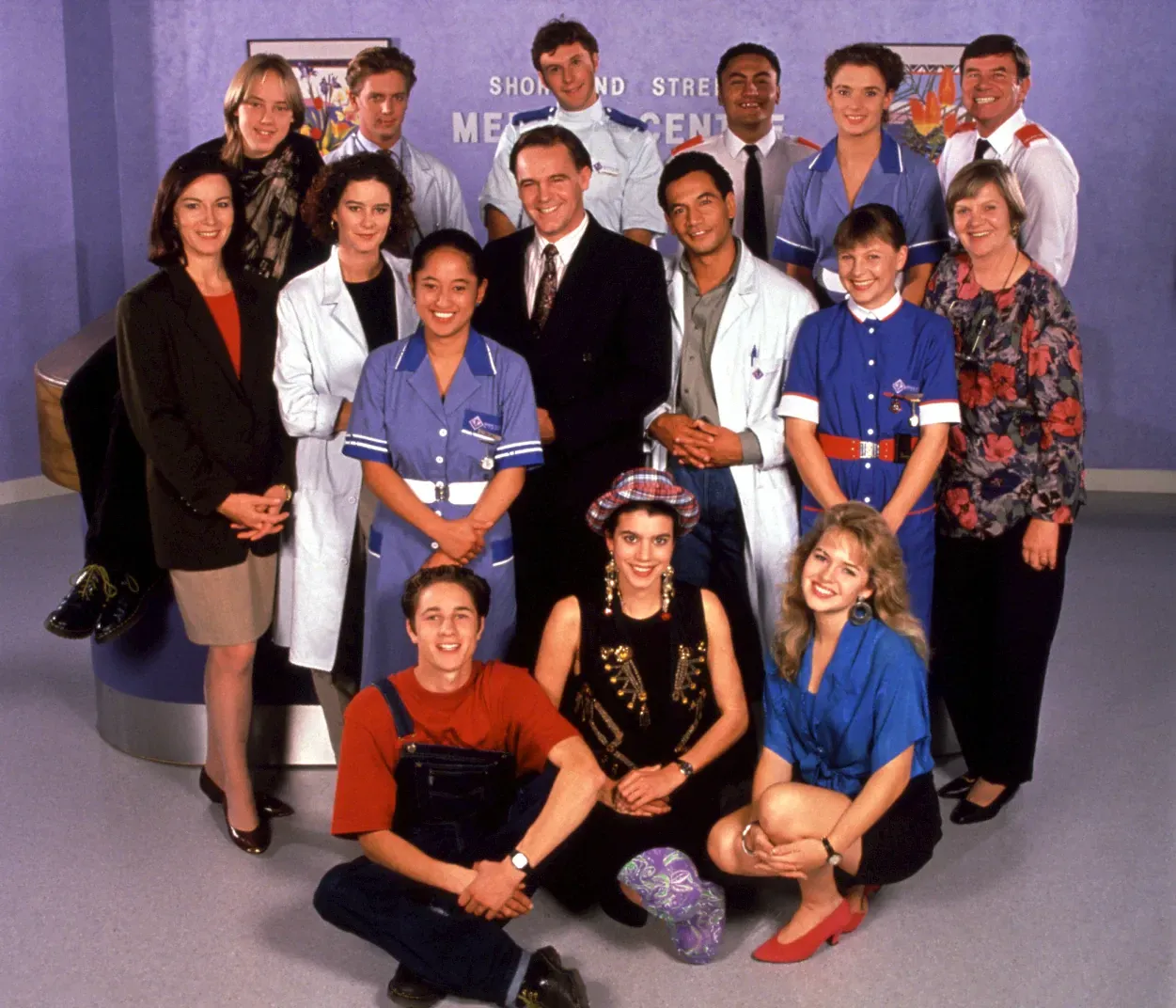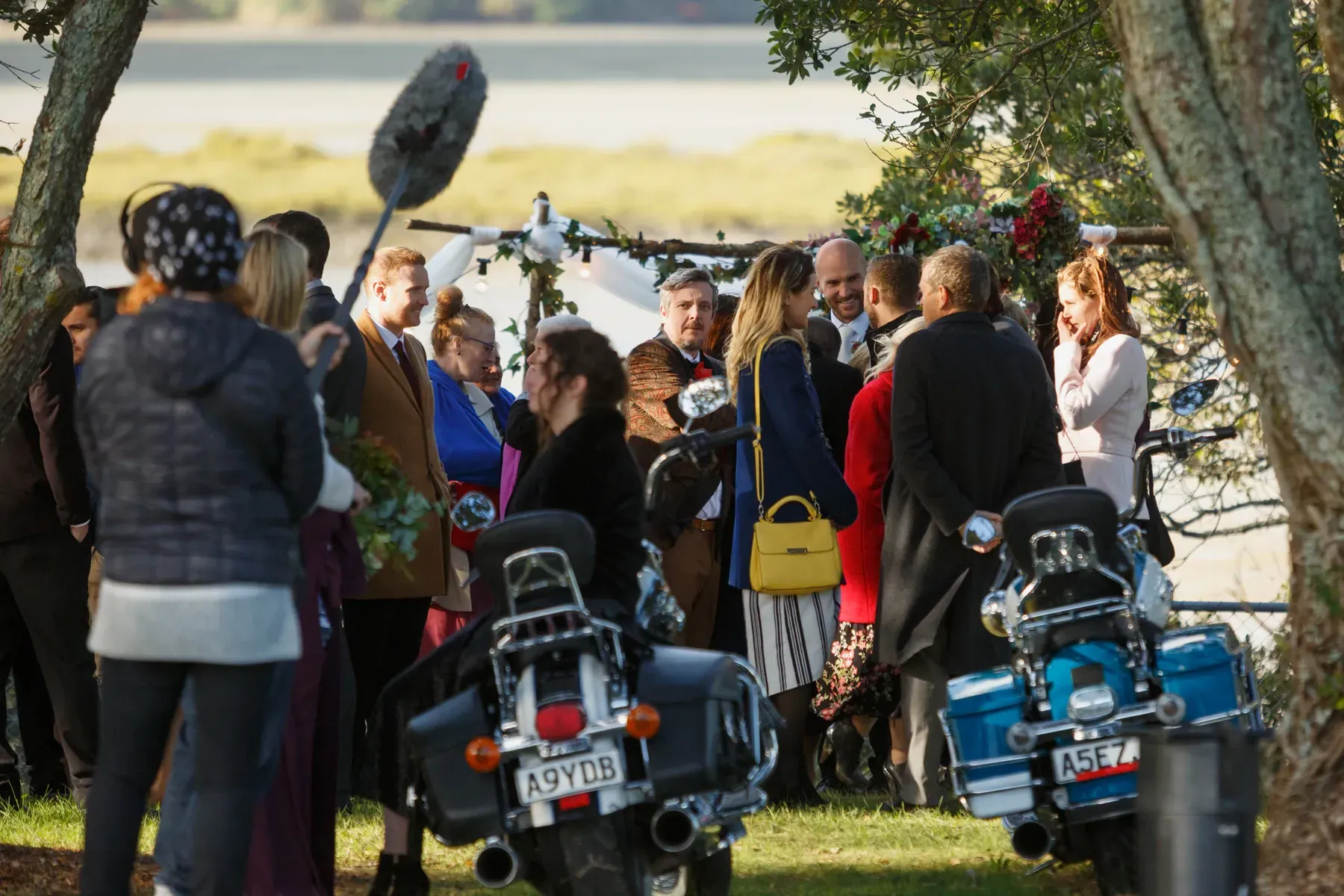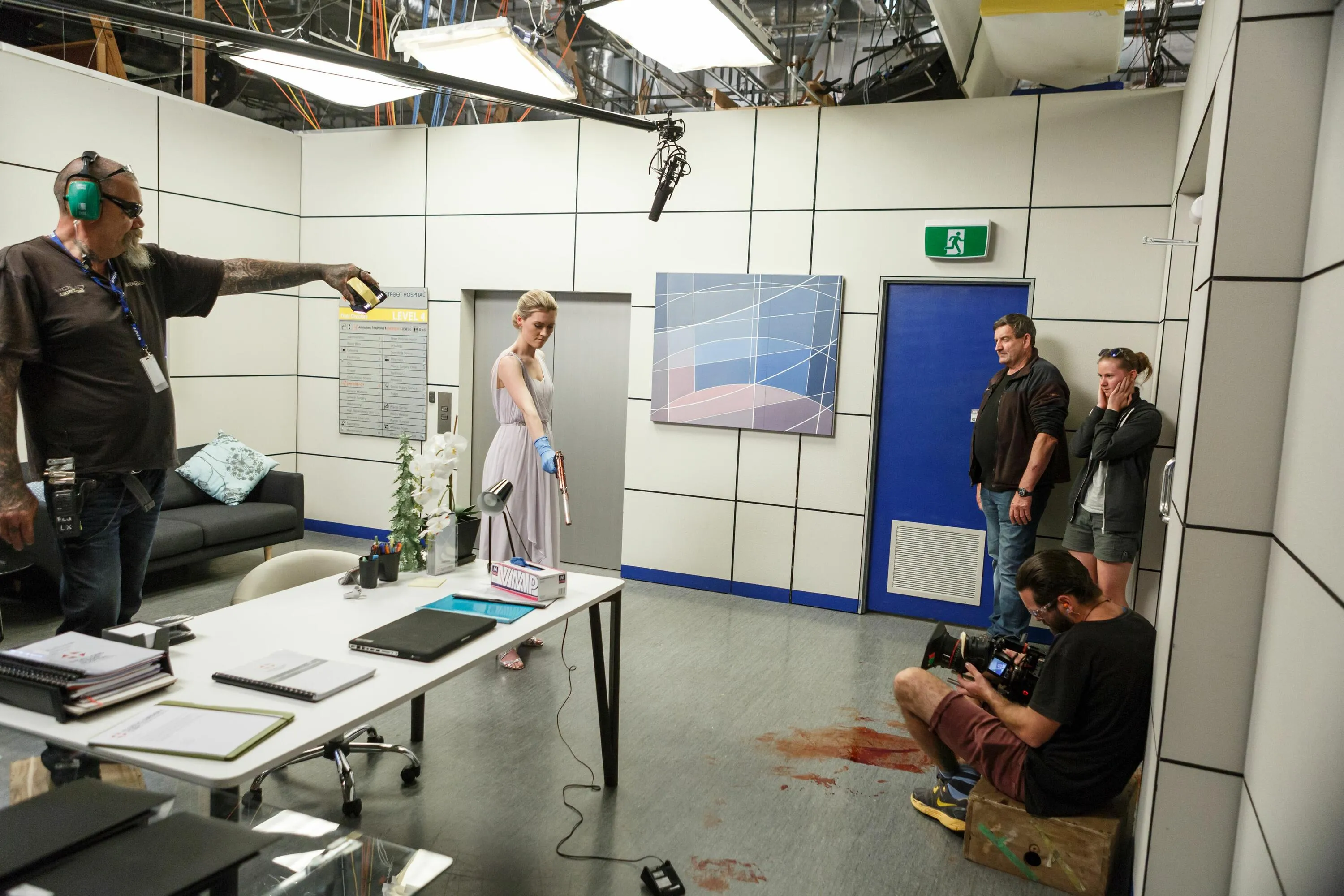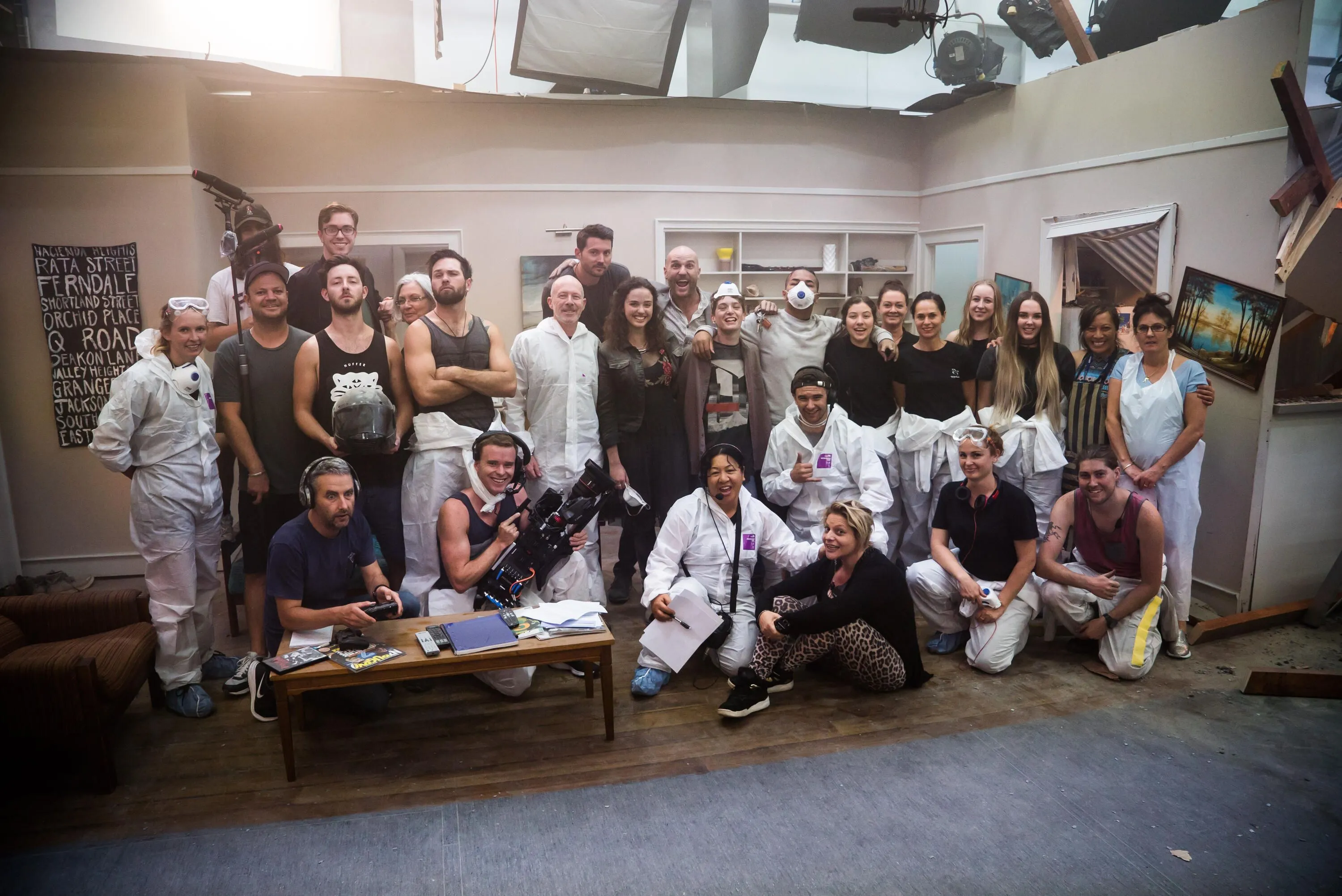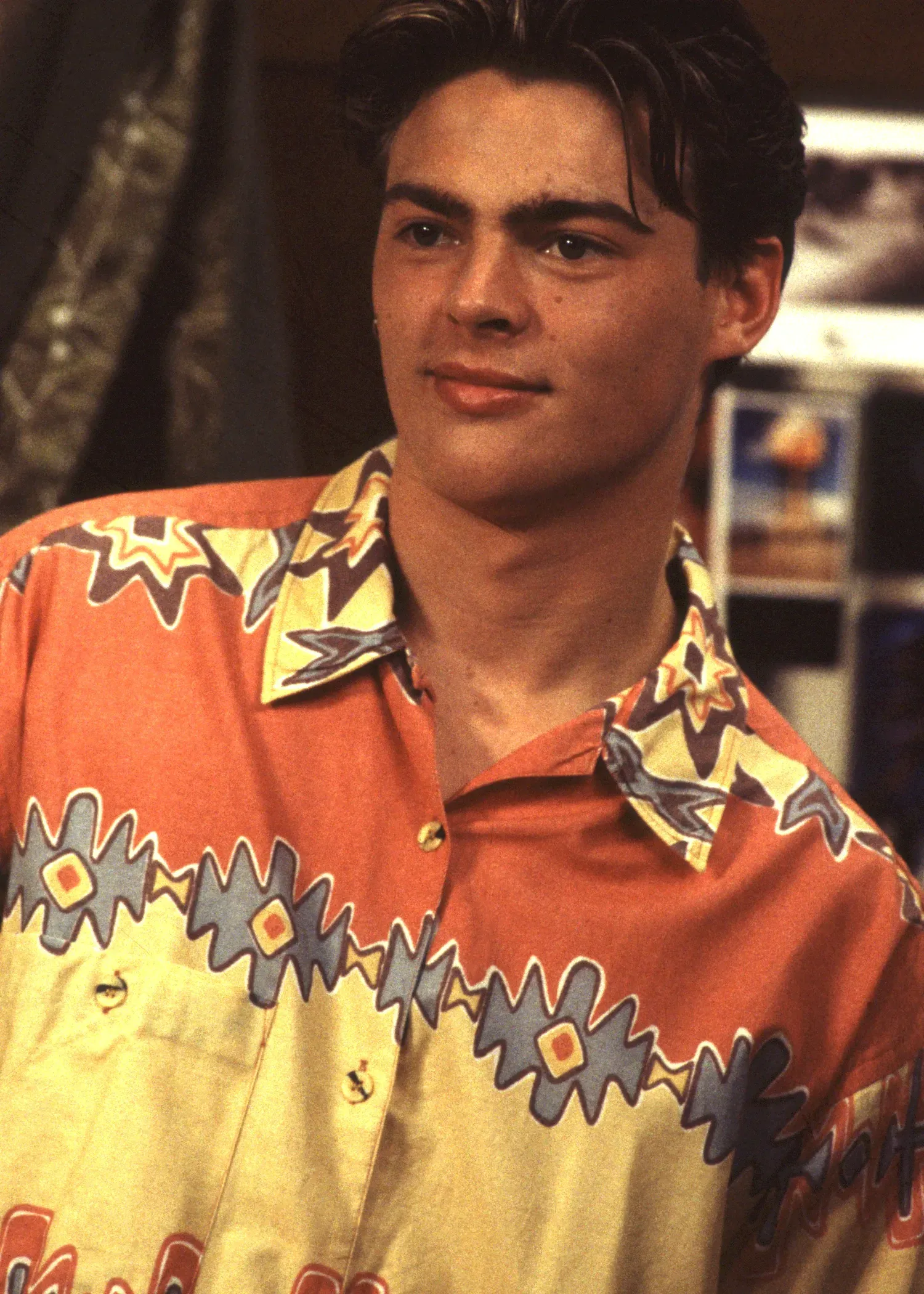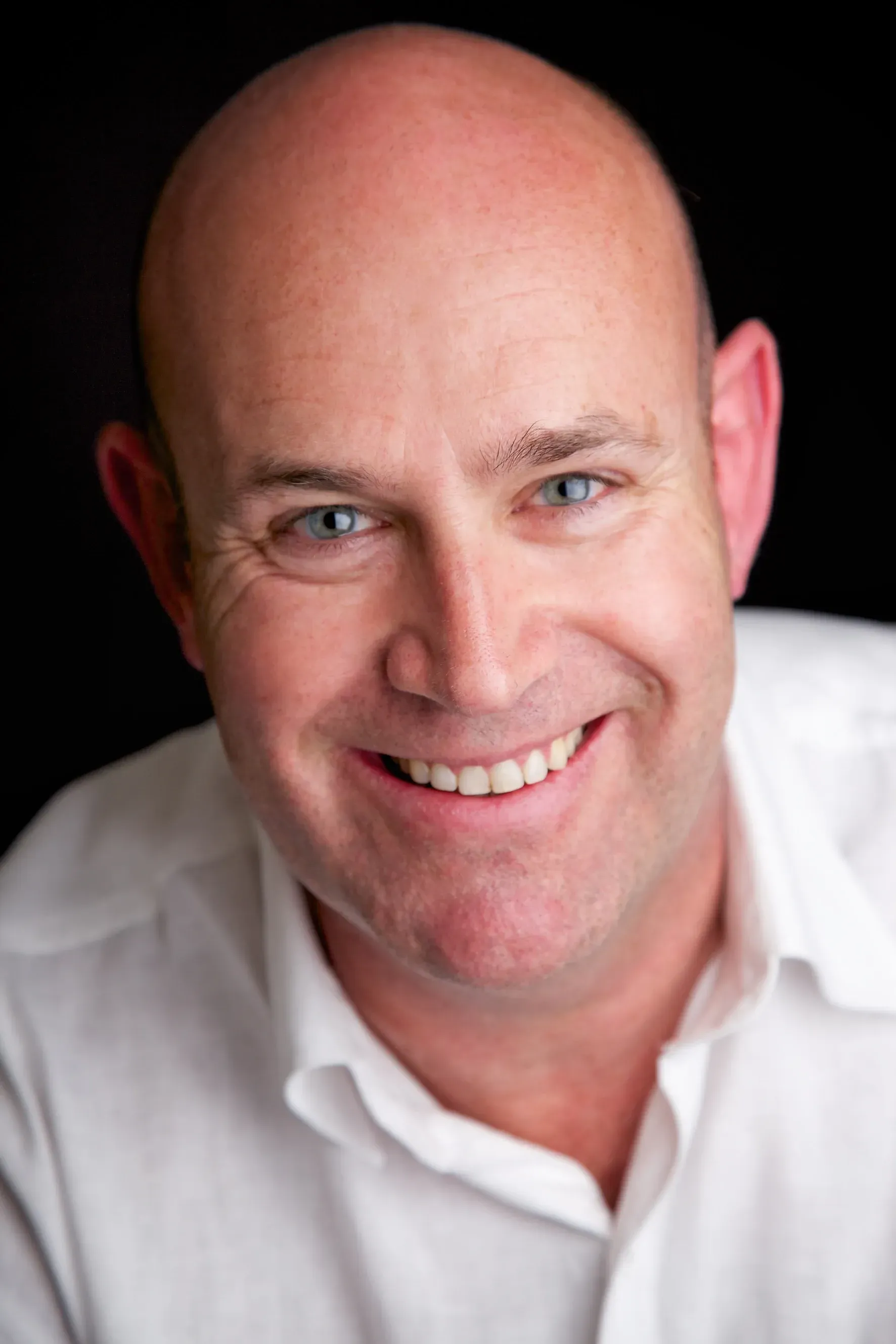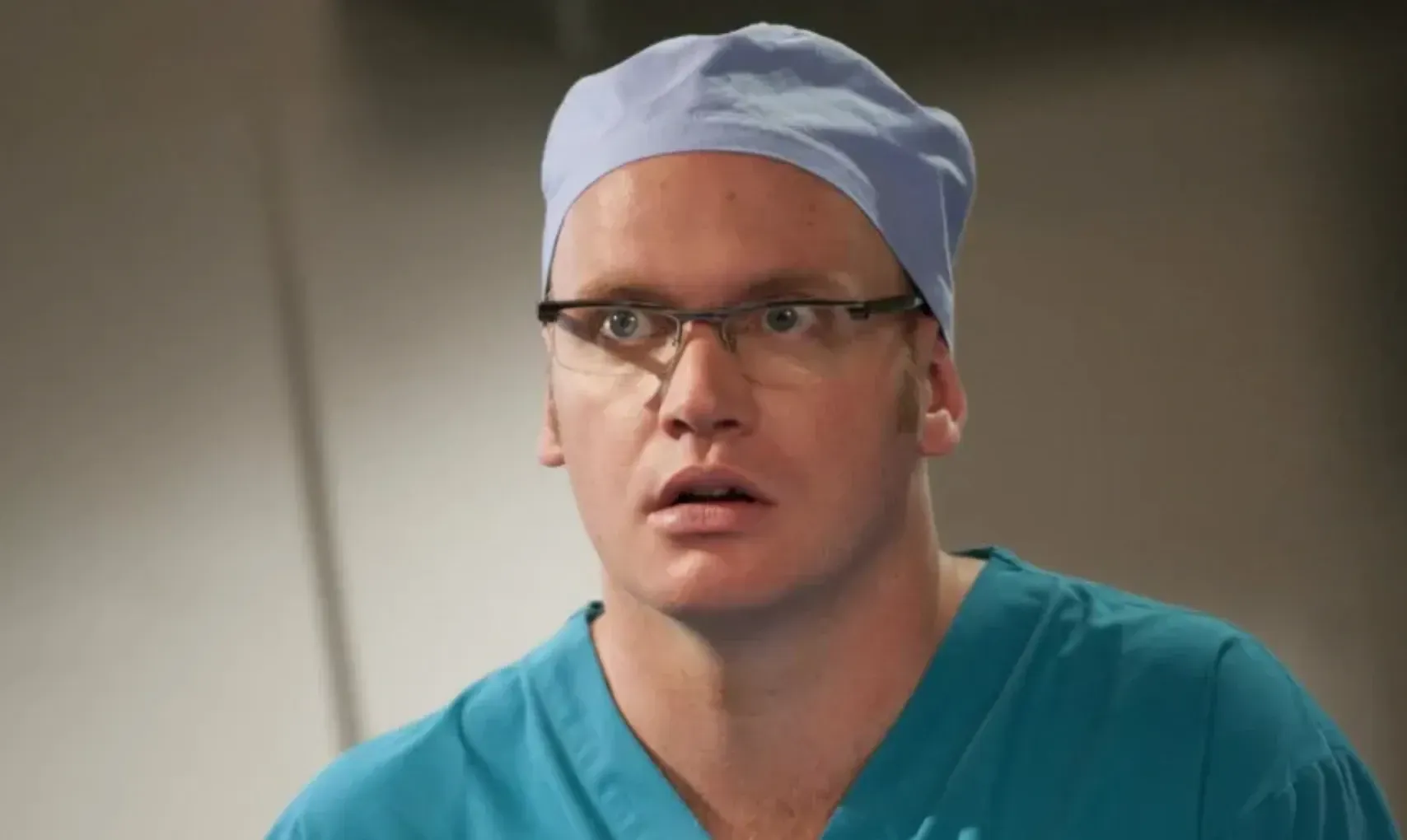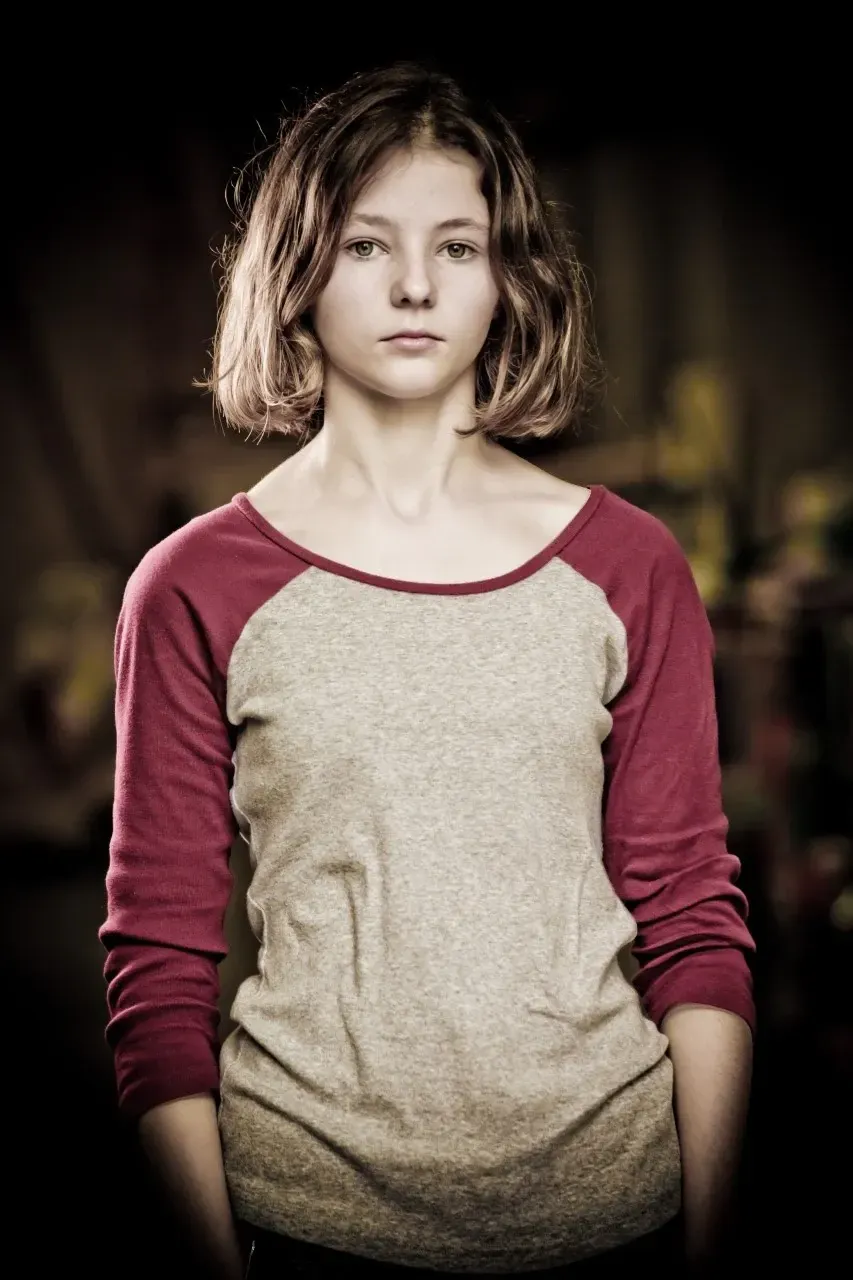Inside Shortland Street - NZ's Most Influential Production
Written by
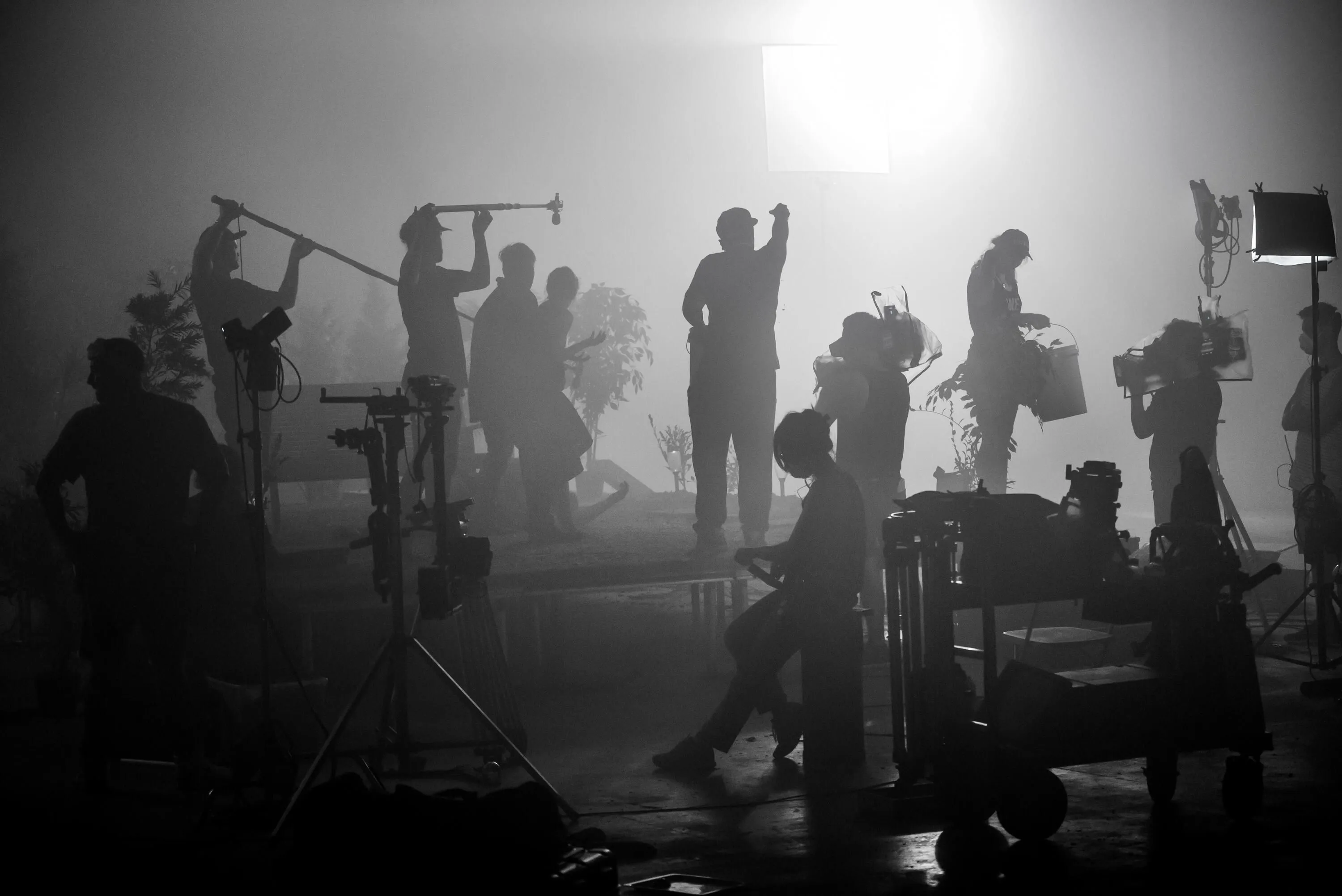
Before Aotearoa was Middle Earth, before Hercules, Xena, Power Rangers, Avatar or the countless other international productions came to our shores to build New Zealand a worldwide industry reputation….there was a spark.
A soapy spark at that.
It’s a spark that - in and of itself - has produced hundreds of thousands of jobs and built a cornerstone institution that has changed the direction of the performing arts in Aotearoa forever.
Sure, our locations are breathtaking, but would New Zealand have become such a respected resource for performers, directors, producers and production staff without Shortland Street?
Former Shortland Street actor and renowned acting coach Miranda Harcourt puts it succinctly.
“It is absolutely vital. We certainly wouldn’t be where we are, joining the party at such a high level and punching above our weight in the global TV and filmmaking market with success at the Oscars and Emmys - where NZ has won a number of international Emmys for TV production - without Shortland Street.”
With this week marking the weekday soap’s 30th anniversary, you’ll find plenty around the internet doing the “most controversial moments” or “favourite character” lists.
But it's significant to highlight its role in transforming the creative sector in this country.
Statistics The Big Idea has obtained from the show’s production company South Pacific Pictures lays it out bare. It doesn’t matter whether you enjoy the product or not, you can't argue it’s done more to offer sustainable careers for New Zealand actors, writers, directors, producers, technicians, wardrobe, set and makeup artists than anything before or since.
There have been more than 7000 guest cast (anyone with a speaking role) and over 600 core cast (anyone who appears on the show for three months or more) - that’s not event taking into account all the extras who got to experience being part of the iconic show. Each year, production of Shortland Street employs around 200 people to work on the show, on both sides of the camera.
To put things in a global perspective - Shortland Street has aired 7463 episodes (as of time of publication) - which stands as the 32nd most prolific TV series in the world.

The original Shortland Street cast. Photo; South Pacific Pictures.
Kelly Martin, CEO of South Pacific Pictures told The Big Idea how proud they are to have been a “a training ground for thousands of people both in front of the camera and behind it” over their three decades.
“We have cast and crew who have learned their craft on the sets of Shortland Street who have gone to do other amazing things both locally and internationally. We also have people who have learned their craft on these sets who still work for the show and now pass on their learnings to a new generation coming through the industry.
“It would be safe to say that a significant proportion of people who currently work in NZ’s film and TV industry have had at least some small experience of working and learning on Shortland Street over the course of its existence.”

Shortland Street on location. Photo: South Pacific Pictures.
If those aren’t impressive enough for you - you only need to thumb through some of the alumni of the fictional suburb of Ferndale to get an appreciation of what it’s done for our acting pool.
From this 7pm institution, actors have secured lead roles in Star Wars movies and spin-off series, become part of pop culture phenomena like Game of Thrones, Riverdale, The Boys, the Jason Borne movie franchise and a wild number of highly acclaimed and hugely successful movies.
Harcourt expands “when I’m talking to young people about acting as a career, I tell them Shortland Street is the most successful graduation programme that we’ve got in NZ.
“I always cite three people to underline that - KJ Apa plays the lead character Archie in Riverdale got his break on Shortland Street, Frankie Adams who’s very famous in the States with a series called The Expanse and our own daughter Thomasin McKenzie, who went from Shortland Street to making a series of high quality Indie films and has been in a few blockbusters recently.
“They are three young people who weren’t old enough to go to drama school - they started their learning journey at Shortland Street and that was the trampoline platform that led them to big things overseas.”
They join a list of ex-Shortland Street actors having big careers in Hollywood, including Temuera Morrison, Karl Urban and Martin Henderson.

A pre-Hollywood Karl Urban. Photo: South Pacific Pictures.
Some of our most revered performers and producers have been involved over the decades - the likes of Ian Mune, Jennifer Ward-Lealand, Michael Hurst, Rena Owen, George Henare, Robyn Malcolm, Dame Kate Harcourt, Nathaniel Lees, Rawiri Paratene and Annie Whittle.
Those who are among the top tier of local performing talent like Miriama McDowell, James Rolleston, Kate Elliott, Robbie Magasiva and Tammy Davis have also benefited from the shine that the show provides.
It’s played a role in the careers of some of the creative sector’s most progessive thought leaders and barrier breakers - the late Nancy Brunning, Tu Pou Theatre’s Tainui Takiwaho and Amber Curreen, the Basement’s Nisha Madhan, Flat 3’s JJ Fong, Moana Maniapoto-Jackson and Victor Rodger.
Rodger has earned a reputation as a take-no-prisoners creative, winning multiple awards and acclaim as a playwright, screenwriter and producer. His role in the stage success of Wild Dogs Under My Skirt and his play Black Faggot were preceeded by several Shortland Street stints in diferent roles as a storyliner, scriptwriter and actor on and off between 2000 and 2013.
With a full plate that includes his first short stories collection, various tv and theatre projects - among them another collaboration with cousin Tusiata Avia in a stage adaption of The Savage Coloniser Book - the staunch advocate for Pasifika creativity told The Big Idea:
“Like it or loathe it, Shortland Street has been a chance for #us to hear our vernacular and see ourselves, five days a week, for over 30 years and that can't be underestimated.
“Having been pretty povo before I got my gig there, earning TV money was a real ‘come to Jesus’ moment for me at the time. It's one of the few ways a writer can earn a consistent, decent living here in NZ.
“Also, after having appeared on the show briefly as an actor, I will NEVER bag an actor on Shortland Street. NEVER. Fast turnaround TV is no joke - as I learned the hard way.
“As a Samoan, I have especially loved watching young ones liked Frankie Adams - who I read against in her first audition when she was a giggly school girl - and Beulah Koale - who starred in my play Black Faggot - bounce from Shorty onto US shows like The Expanse and Hawaii 5-0 respectively."
Paolo Rotondo is another whose career has blossomed to be an important creative figure in the performing arts world. The director and Artistic Director of the Italian Film Festival was a popular Ferndale character, Andrew Solomon.

Paolo Rotondo. Photo: Supplied.
Rotondo told The Big Idea “I loved how fast and hard we worked, it was a lot of fun. For a few years it really changed my life, it seemed like everyone watched the show and consequently recognised me. But, being Aotearoa, minor fame was charming for the most part. I did crack up how many times people yelled out ‘Hey you look taller on the telly…!’
“Nowadays I work as a Director in film and there is not a set where a technician, production person, actor, or any department in which you cannot find someone who worked on Shorty.
“On a personal level, I wish I had truly recognised how great it was to work as an actor every single day, what a privilege.”
The 30 year milestone is something former Artistic Director Tim Bray achieved last year with his own self-titled and successful theatre company. Currently in pre-production for their 103rd production, Badjelly the Witch, Bray holds quite a distinctive piece of Shortland Street history.

Tim Bray. Photo: Supplied.
He told The Big Idea “I've played three characters on the show and 'died' twice - once from AIDS and once from cancer. My makeup artist did wonder quietly to me why they always cast healthy looking people as terminal patients. ‘Makeup can only do so much’, she said.
“But each time, I was impressed by the thinking behind the character journeys, the speed of the process and the complex production behind it all. So many creatives I know have been involved with this show, and buoyed us all with paid work.”
Gerald Urquhart also knows the feeling of having a character killed off (only once though) after his memorable stint over five years as the peculiar Doctor Luke Derville.
Now a secondary school teacher, Urquhart told The Big Idea “it’s a monolith of a thing, something that looms large over the performing arts industry for a lot of people. It's the big job that you can reasonably expect to get in a career, in terms of pay at least.
Urquhart fondly reflects on the chance to live and breathe full time acting, “I’d still be doing it now if my character wasn’t written off,” he laughs.
“I wasn’t expecting it to be so creatively fulfilling but it was, financial stability was a rarity in the industry as well but the most important thing was the people that you worked with, that sense of working as a team. It’s a real pressure cooker environment but also a really supportive one.

Gerald Urquhart as Doctor Durville. Photo: South Pacific Pictures.
“In other gigs, people come and go or the season is quite short or it’s quite episodic. For Shortland Street, because people are mixed in and out, that continuity means you’re always part of the cast - for me, it’s just that comradie, when you’re acting on it that you’re part of the crew, that due to the culture they’ve set up there.
“I remember someone telling me that when you’re looking for an acting job, you should seek two of the following three things: good pay, good people, good project. It turns out that Shortland Street ticked all three boxes for me.”
In so many ways, Shortland Street has been ahead of the times - and its longevity is even more incredible given it had to navigate the 1990s, a time where cultural cringe was real - many local shows had to fight hard for airtime and ultimately didn’t last in that period.
The creative community has been one that has been prepared to shine the spotlight on inequality and call for more diversity.
Shortland Street was diverse before diversity was a catch cry - it was a choice the show made rather than a result of a social media uprising (and long before social media) or a browbeating. It was progressive and innovative, challenging stereotypes on topics like sexuality, gender equality and race.
Harcourt says “Nancy Brunning as Nurse Manu and Temuera Morrison as Doctor Ropata were very surprising faces to have on our screens at the time - right back in the day, the producers were like’ let’s represent New Zealanders the way we actually see New Zealanders’ and they’ve consistently done that.”
Rotondo agrees “I believe the cultural value of Shorty goes far beyond its soapy genre. I feel that like no other show, it contributed to ensuring the New Zealand accent and vernacular became truly normalised and accepted.
“It told our stories…albeit in very dramatic plots.
“I remember the writers exploring, pushing and wrestling with some really progressive ideas. It felt like they were very zeitgeist. I loved how they explored same sex marriages, relationships, so many different cultures themes, conflicts, gender politics, drug abuse… and all in a one week block.”

Behind the scenes in New Zealand's most famous hospital. Photo: South Pacific Pictures.
Being part of Shortland Street was a family affair in more ways than one with Miranda Harcourt, whose much admired mother Dame Kate also appearing on the show. Miranda also found out she was pregnant with her daughter in the Shortland Street make-up room. 14 years later, she was on set with her daughter again, this time they were both performing.
“Thomasin’s character, Pixie Hannah, died and she had to go through the funeral of her own character which was a really big deal for a 14-year-old, that’s a really hard acting challenge.
“So (then producer) Simon Bennett wrote my character back in so I could be there for Thomasin through that tough time of her final week of the show. I thought that was a really thoughtful, loving, whānau orientated gesture to help protect that young actress.

A young Thomasin McKenzie as Pixie Hannah. Photo: Supplied.
“I think all the producers all the way through have been so caring, so loving and creative in carving the path for Shortland Street. It’s also got a real cross over quality.
“If you go into the Shortland Street writers room, you’ll find a lot of Toi Whakaari acting graduates from the last 40 years, a high proportion of the writers and storyliners started off as actors. That’s a strength that I see in New Zealand - often our writers and directors have started off as actors so get this richness to the psychological aspect of the characters.
“It’s a very creative room - the characters and the relationships they come up with, it’s like they draw magic out of nowhere and fling it up on the screen.”
It’s also been a breeding ground for creative exploration to develop - away from the hospital setting.
Countless other productions and projects that tell New Zealand stories can trace their origins to Shortland Street. Urquhart glows as he talks of the work that he put on with close friend Tukiwaho.
Harcourt points to examples like Jared Rawiri and Curtis Vowell going on to make the film Fantail together.
“(Before Shortland Street) TV and film production in New Zealand had always been a special treat as opposed to opportunities every single day. It’s provided the riches of connectivity, the relationships that have been forged between the cast and the crew that have gone on to other creative enterprises once they’ve left.”
The famous theme song asks “is it you or is it me?” - what Shortland Street is, for better or worse, is us.
